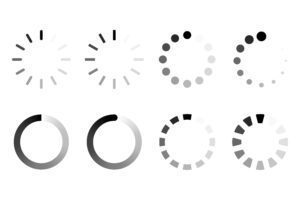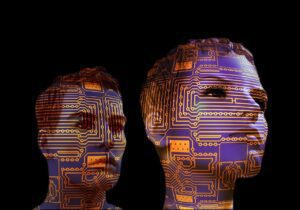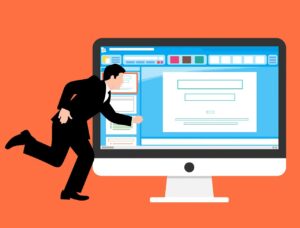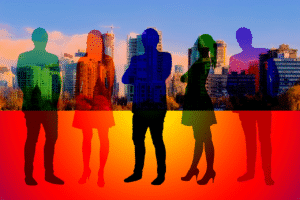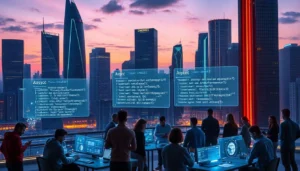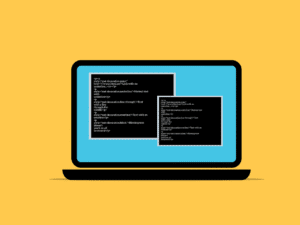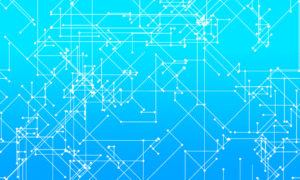Introduction
Getting your printer to work smoothly depends on installing the correct printer driver. Without it, your printer might not communicate properly with your computer. Outdated or wrong drivers can cause printing errors, delay print jobs, or even stop your printer from showing up. Proper driver installation makes your printer run efficiently, saves time, and helps prevent headaches. Knowing how to set it up right puts you ahead, whether for work or personal use.
Understanding Printer Drivers and Their Role in Printer Functionality
What is a Printer Driver?
Think of a printer driver as the translator between your computer and the printer. It takes commands from your PC and turns them into instructions the printer understands. Without this software, the devices would speak different languages and could not print anything properly.
Why Is Installing the Correct Driver Essential?
Using an incompatible or outdated driver can lead to poor print quality, slow printing, or even error messages. Just like using an old map can lead you off course, an old driver can confuse your printer. Experts agree that most printer troubles come from driver issues, making it crucial to stay updated.
Types of Printer Drivers
- Manufacturer-specific drivers: Created by the printer’s maker, best for top performance.
- Universal drivers: Work with many printers but may lack advanced features.
- Built-in drivers: Included with Windows or macOS, easy but sometimes limited. Choose these if your specific driver isn’t available.
Preparing to Install Your Printer Driver
Verify Printer Compatibility and Requirements
Before starting, double-check that your printer model matches the driver you’re about to install. Also, confirm your operating system version—Windows 10, macOS Monterey, or others. Some printers need special hardware or software, so note any prerequisites from the manufacturer.
Gather Necessary Information and Resources
Have these ready:
- Printer model and serial number
- Proof of warranty (if needed)
- Latest driver software from the printer’s website or trusted sources
Backup Existing Drivers and System Settings
It’s wise to create a system restore point or backup your current drivers. This can save you from potential conflicts or errors if something goes wrong during installation.
Step-by-Step Guide to Install Your Printer Driver
Installing via Manufacturer’s Website
Downloading the Correct Driver
Visit the official manufacturer’s website. Use the search bar or menus to find your printer model. Select the right operating system version to get the correct driver file.
Installing the Driver Software
Once downloaded, run the setup file. Follow the prompts carefully, clicking “Next” when needed. Accept license agreements and choose preferred options. The installer will set up the necessary files and configurations automatically.
Installing Using Built-in Operating System Tools
Windows
Open Device Manager or run Windows Update for driver options. You can also use the “Add a Printer” wizard found in Control Panel. Windows might automatically search for and install the right driver if your printer is connected.
macOS
Connect the printer via USB or network. System Preferences will often detect the new device. Follow the prompts to install driver software automatically. If not, visit the manufacturer’s website to find compatible drivers.
Connecting and Configuring the Printer
After installation, set your new printer as the default. Perform a test print to check if everything runs smoothly. Adjust settings like page size and quality if needed.
Troubleshooting Common Installation Issues
Driver Compatibility Problems
If the driver doesn’t match your OS, try updating Windows or macOS first. You can also rollback to a previous driver version or search for a compatible driver online.
Connectivity Errors
Problems connecting via Wi-Fi or USB can block printer setup. Ensure your device is connected correctly. Check firewall or security software which might block communication. Restart your printer and computer if needed.
Printer Not Detected or Not Showing Up
Sometimes the system doesn’t recognize your printer. Reinstall the driver, restart your device, or check your hardware connections. Using a different port or cable can help.
When to Seek Professional Support
Persistent issues after trying these steps may require professional help. Contact the manufacturer’s support or a tech expert for assistance.
Best Practices for Maintaining Your Printer Driver
Regular Driver Updates
Check for driver updates regularly. Many manufacturers release updates for better security or fixes. Enable automatic updates if available.
Keeping System Software Up-to-Date
Update your operating system often. New OS versions can improve compatibility and security, reducing driver conflicts.
Preventing Driver Conflicts
If you use many devices, conflicts may happen. Keep drivers organized and uninstall unused ones. Avoid installing multiple drivers for the same printer model.
Conclusion
Installing the right printer driver is key to smooth printing. Choosing the correct driver, following detailed steps, and maintaining updates prevent many common issues. It’s a simple task that pays off with reliable, high-quality printouts. Be proactive about system updates and driver checks—your printer will thank you with years of trouble-free service.















